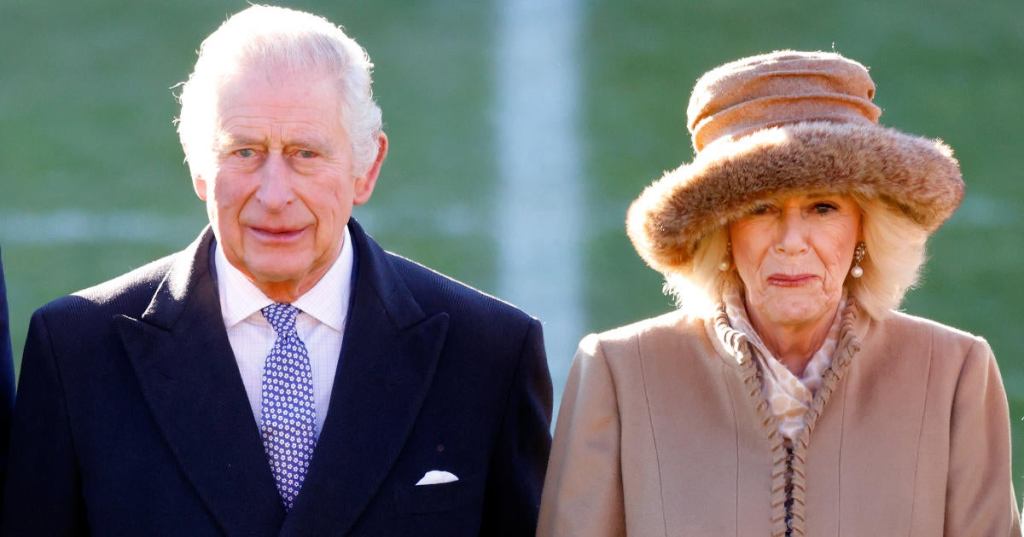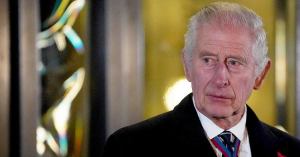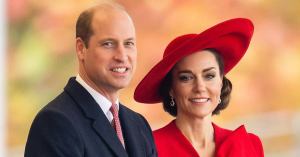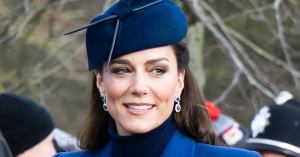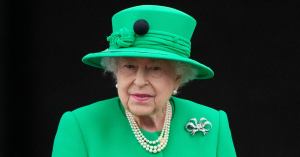Camilla, the Queen Consort’s wearing of the Queen Mary’s Crown at King Charles III‘s coronation is a historic first that has caused some controversy. According to the palace, the crown has been removed from the Tower of London to be modified ahead of the May 6, 2023, coronation. A queen consort will use an existing crown for her coronation for the first time in “recent history,” rather than having a new one made, says the palace. A palace statement explained Camilla’s decision to re-wear the crown as one aimed at “sustainability and efficiency.” A complicated history surrounds Queen Mary’s Crown due to the type of diamonds that originally adorned it. According to the Royal Collection Trust, the crown was created for the 1911 coronation of King George V and worn by his wife, Queen Mary. It was encrusted with 2,200 diamonds. It originally contained three large diamonds, the Kohinoor and Cullinan III and IV diamonds, according to the Royal Collection Trust. For the May coronation, Buckingham Palace announced that the crown will be reset with the Cullinan III, IV, and V diamonds, each of which was also worn by the late Queen Elizabeth II. “The diamonds were part of Queen Elizabeth II‘s personal jewelry collection for many years and were often worn by Her late Majesty as brooches,” the palace said.
Following the queen’s death last September calls for some of the diamonds in the crown jewels to be returned to their countries of origin resurfaced. The Kohinoor diamond was mined in India thousands of years ago. Its remarkable 105.6-carat size makes it one of the world’s largest cut diamonds. During the 1937 coronation of her husband, King George VI, and the 1953 coronation of her daughter, Queen Elizabeth II, the Queen Mother wore the diamond in her coronation crown. A symbol of conquest, the gem was acquired by the East India Company in 1849, according to Historic Royal Palaces. As a result of the First Anglo-Sikh War, traders took the diamond from Maharaja Duleep Singh, the last ruler of the Sikh empire, and surrendered it to Queen Victoria as part of a peace treaty. Despite frequent calls for its return to India, Pakistan, and Afghanistan, all of which claim ownership, it remains in the royal vault.”Opposing legends have maintained that the diamond is both lucky and unlucky,” Historical Royal Palaces states.
Videos by PopCulture.com
Queen Camilla’s crown is now being reworked to set Cullinan III, IV, and V diamonds that were part of Queen Elizabeth II’s jewelry collection and were worn as brooches by the late monarch. Cullinan Diamond was found in South Africa in 1905, according to the Royal Collection Trust. “In 1907, the Cullinan was presented to King Edward VII by the Government of the Transvaal,” the Royal Collection Trust explains. “It was a symbolic gesture intended to heal the rift between Britain and South Africa following the Boer War. After initial hesitation, the king accepted the gift on the recommendation of the British Government. The stone was taken heavy police escort to Sandringham and formally presented on the king’s 66th birthday.” It was divided into nine pieces, each numbered. King George V set Cullinan I and II in the Imperial State Crown and Sovereign’s Sceptre, where they remain today. At the funeral in September 2022 for Queen Elizabeth, the Imperial State Crown, Sovereign Sceptre, and Sovereign Orb were all used. Asschers, the company that cut the diamond, kept the remaining numbered stones as payment. “Cullinan VI and VIII were later brought privately by King Edward VII as a gift for Queen Alexandra, and the others were acquired by the South African Government and given to Queen Mary in 1910, in memory of the Inauguration of the Union,” the Royal Collection Trust says. “They were bequeathed to Queen Elizabeth II in 1953.”

